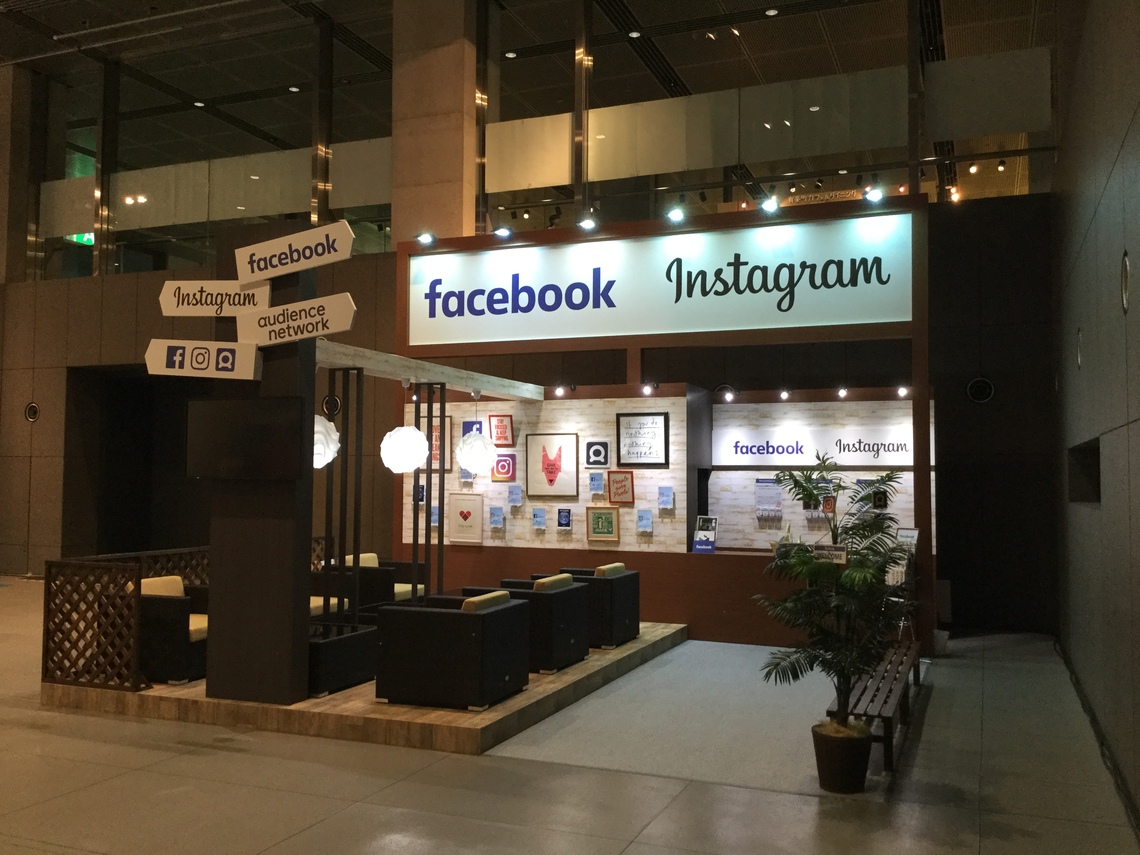Note: This website was automatically translated, so some terms or nuances may not be completely accurate.
What Facebook Enables: "People-Based, Full-Funnel Marketing"

Facebook Inc. delivered a presentation at ad:tech Tokyo 2016 held on September 20. The presentation discussed marketing possibilities not only on Facebook but also on Instagram and the company's ad network, the Audience Network. This article focuses on the latest information regarding Facebook specifically as an advertising medium.
The Strengths of Facebook's Audience Network
In a lecture titled "Facebook's Full-Funnel Marketing Solutions," Facebook's Jo Nakamura emphasized the company's potential value as an advertising platform and ad network.
The key advantage of marketing strategies leveraging Facebook, with its real-name registration system, is its high targeting precision. Nakamura stated, "Facebook's strength lies in its ability to target consumers in every stage of their lives—from potential prospects to actual buyers—based on data such as age, gender, location, and interests."
While precision is high within Japan, concerns about reach have sometimes been raised. Nakamura announced that Facebook has 26 million users and Instagram has 12 million users in Japan, with Instagram specifically recording a 1.5-fold increase in users over the past year. He also introduced the company's proprietary ad network, the "Audience Network," built since late 2015, noting it has already reached a scale of 31 million users. "While there is some overlap in users across Facebook, Instagram, and the Audience Network, we can maintain high targeting precision while also ensuring sufficient reach," stated Mr. Nakamura.
The Audience Network particularly leverages the strength of delivering ads within smartphones that consumers carry constantly, such as news apps, household budget apps, and mobile carrier service portals, amid the recent widespread adoption of mobile internet usage. Furthermore, Nakamura stated, "Its appeal also lies in the fact that advertising is primarily placed within native feed-style slots, such as within news lists, through partnerships with media outlets that hold ad slots."
Facebook and Nielsen Collaborate on Optimizing Effectiveness Measurement
The subsequent lecture, titled "Measuring people, not cookies," featured presentations by Facebook's Takeshi Oshima and Nielsen's Hiroshi Mimura. Facebook collaborates with multiple research firms for effectiveness measurement, working with Nielsen specifically on reach measurement initiatives.
Mr. Oshima stated, "According to Gartner research, consumers are expected to own an average of three devices by 2018. Furthermore, it's said that currently, there are 7.9 billion devices for a population of approximately 7.4 billion people. This means that if we measure reach based on devices or internet browser cookies, we risk misjudging advertising effectiveness." He emphasized the importance of the people-based reach measurement approach the two companies are pursuing.
"One experiment found that while an ad claimed 100 reach impressions, the actual number of people reached was only 68. We believe the actual reach is even lower than that, while frequency (delivery frequency) is significantly higher," said Mr. Oshima.
Mr. Mimura of Nielsen, which utilizes Facebook's data as a partner, highlighted two key points for people-based reach measurement: ① effectively controlling reach and frequency, and ② increasing the "on-target rate" – the percentage of ads reaching the intended target audience.
Regarding point ①, frequency, Mr. Mimura introduced a potential current issue: "Even if cookie-based measurement reports show 5 impressions per unique user (UU), when viewed per person, the same ad might actually appear around 15 times to one individual. This is particularly fatal for campaigns aimed at expanding awareness." Furthermore, according to the company's research, 17% of people developed a dislike for a brand after seeing a video ad while browsing a site, and 65% of those cited "the ad's intrusiveness" as the reason.
Regarding point ②, he added, "When targeting is based on inferred online behavior, not all ads necessarily reach their intended targets. An analysis of over 20,000 ad campaigns targeting 18-36 year olds in the US showed an average on-target rate of 56% overall. This rate dropped to 46% when segmenting by male demographics and fell to 33% for female segments," Mr. Mimura pointed out. He added, "The solution to these challenges lies in optimizing both the delivery destinations and the data referenced for targeting."
Addressing these challenges, Nielsen collaborates with companies like Facebook to offer Digital Ad Ratings, a service leveraging a 20-million-person panel. For ads embedded with Nielsen's measurement tags, it achieves people-based ad delivery and effectiveness measurement primarily by cross-referencing PC browser cookies with Facebook IDs and identifying unique IDs issued per smartphone.
Through such partnerships, Facebook measures effectiveness using the three Rs: Reach (how many people were reached), Resonance (what attitude changes occurred), and Reaction (how much the ad contributed to sales). The company emphasized its presence as a marketing platform, leveraging Facebook's high targeting precision and its advertising inventory—utilizing Instagram and Audience Network—to offer both quality and quantity.
Was this article helpful?